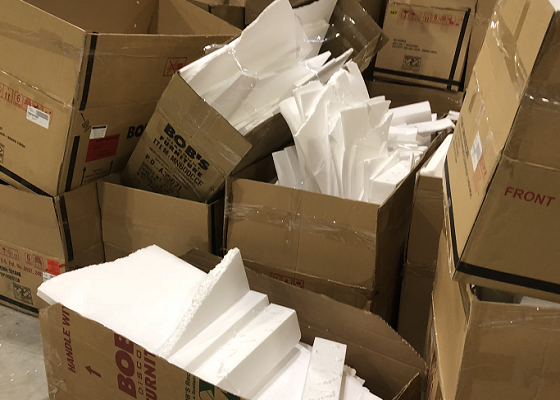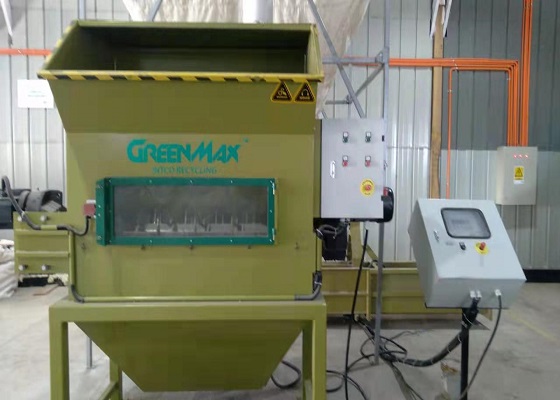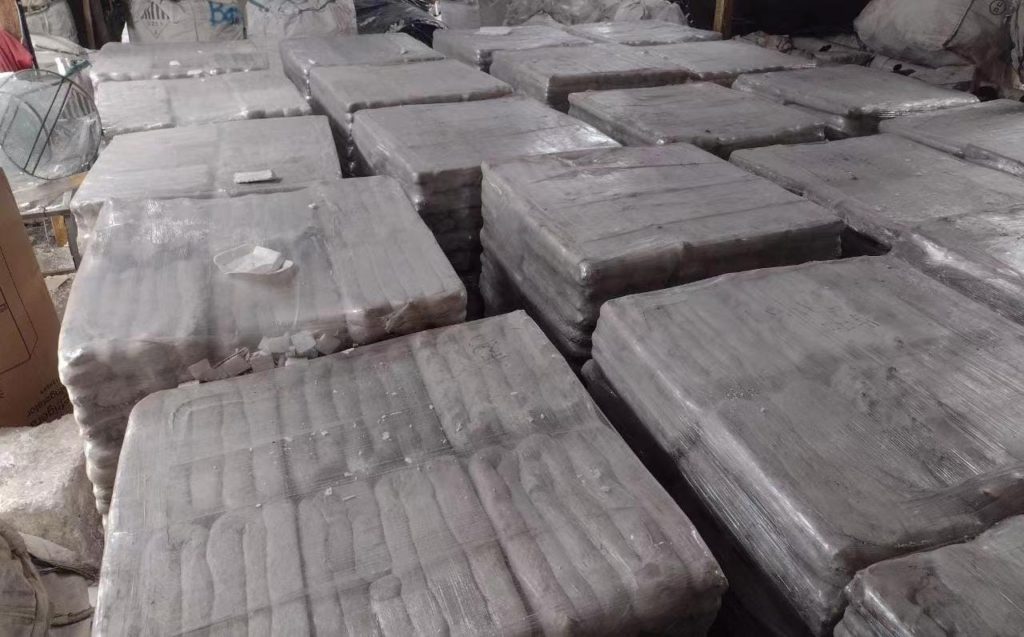According to recent news released by BBC, climate change has been impacting weather in four ways, including hotter and longer heatwaves, more persistent droughts, more fuel for wildfires, and more extreme rainfall events. As we all know, the Earth’s climate is changing, and it is generally agreed that the Earth’s climate is becoming worse as a result of human activities, particularly the burning of fossil fuels and the release of greenhouse gases into the atmosphere. The evidence of climate change is clear, and the scientific consensus is that urgent action is needed to reduce greenhouse gas emissions and limit the worst impacts of climate change.
Among various pollutions that lead to global warming, Styrofoam pollution is a significant one. Styrofoam is a petroleum-based plastic, which means that the production and disposal of styrofoam contribute to greenhouse gas emissions. A study by the Center for International Environmental Law found that the production and disposal of plastics, including styrofoam, could contribute up to 56.3 gigatons of carbon to the atmosphere by 2050. This is equivalent to 10-13% of the entire remaining carbon budget that would keep global warming below 1.5°C. The study highlights how reducing plastic pollution, including styrofoam, is a critical component of addressing climate change.
That is why in recent days, Styrofoam recycling is of great necessity. Styrofoam recycling can be helpful to a large extent in reducing the negative impacts of styrofoam pollution.
- styrofoam recycling helps reduce greenhouse gas emissions
By recycling styrofoam, we can reduce the need for virgin petroleum-based materials, which can help to reduce greenhouse gas emissions associated with the extraction and processing of these materials.
- Styrofoam recycling helps save energy
The production of virgin styrofoam requires a lot of energy. By recycling styrofoam, we can save energy and reduce our carbon footprint.
- Styrofoam recycling helps promote the circular economy
Recycling styrofoam can be a step towards a more circular economy, where materials are reused and recycled instead of being disposed of as waste.
In conclusion, styrofoam pollution is a significant environmental issue that can seriously contribute to climate change. As styrofoam recycling can help reduce greenhouse gas emissions, energy consumption, and landfill waste, it is a great solution. By promoting styrofoam recycling and taking a multi-faceted approach, we can work towards reducing the climate impacts of styrofoam and contributing to a more sustainable future.


